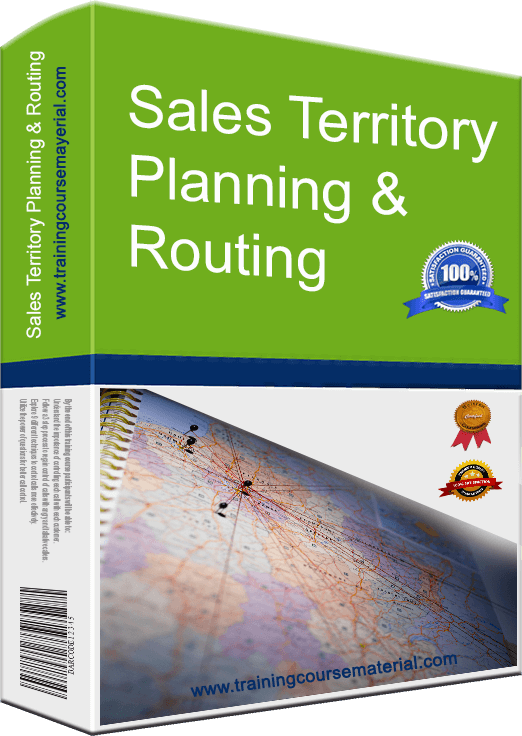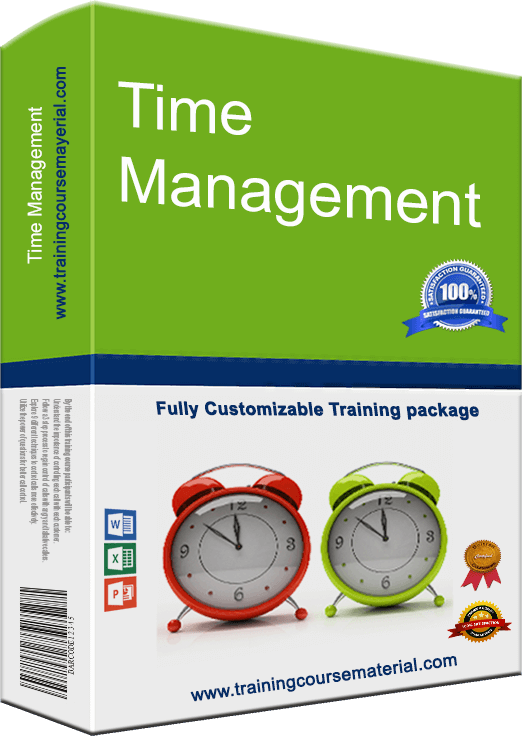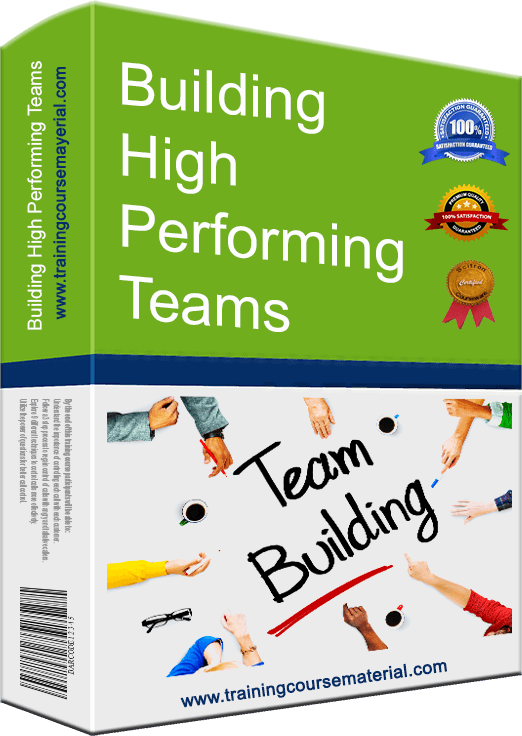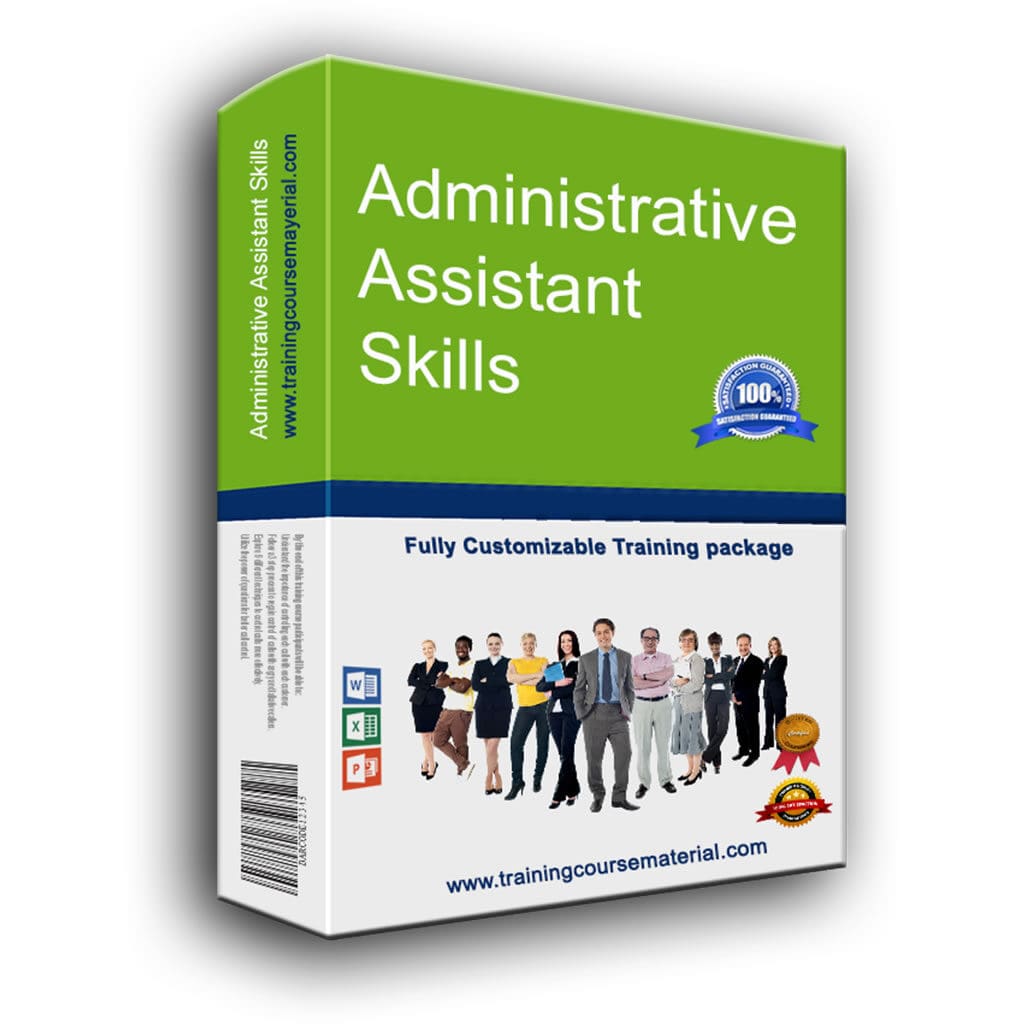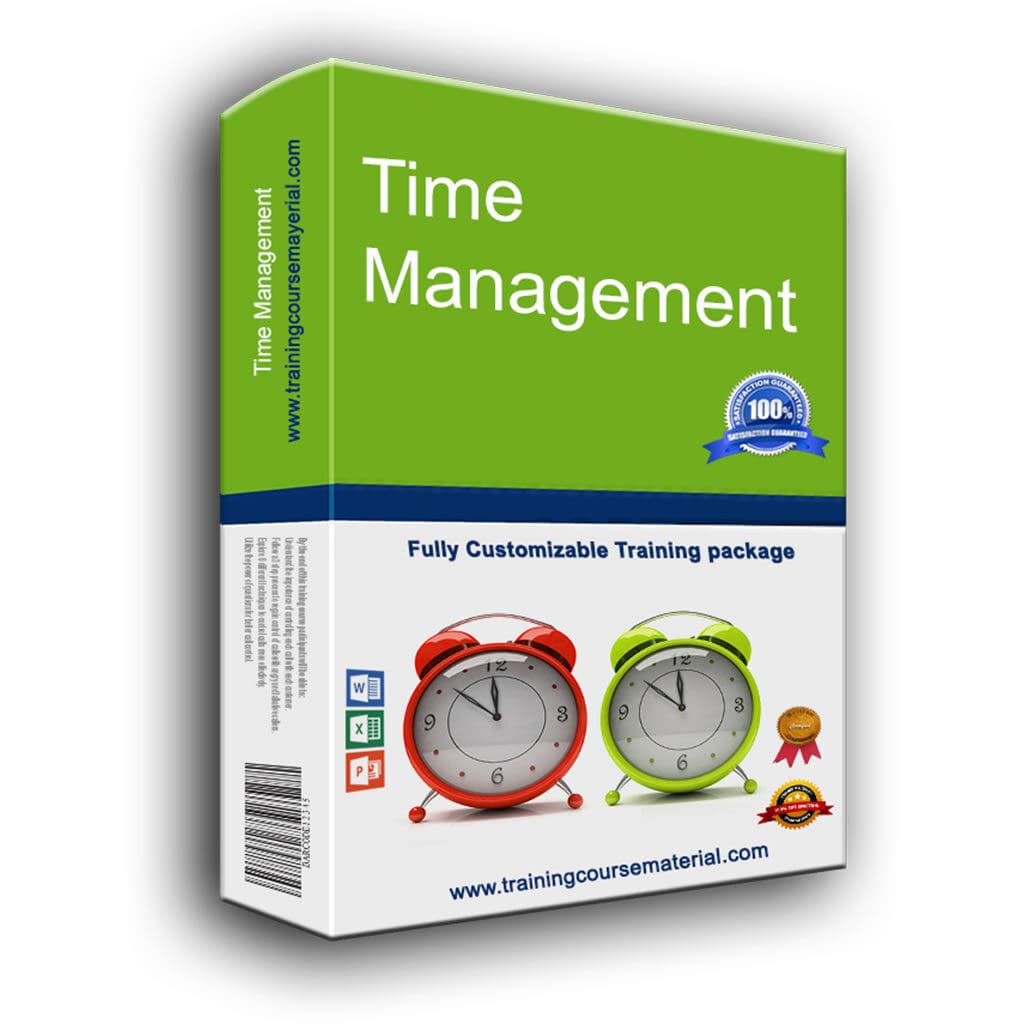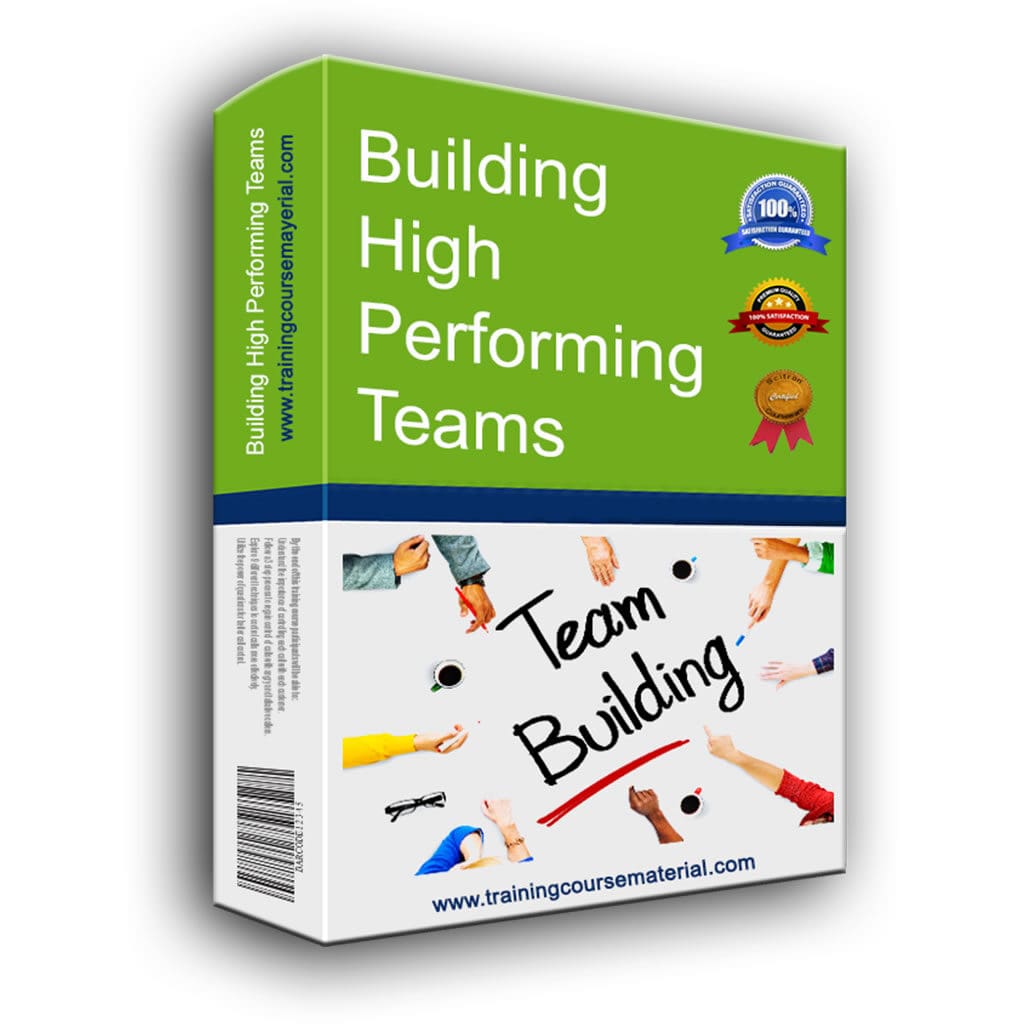Choosing an area to coach to improve performance
Finding Development Areas
To observe and analyse behavior to pinpoint development needs you should start by asking yourself where do you like to see better results. Your choice of specific issues to coach will most definitely to fill gaps between actual and expected levels of performance but your coaching can also aim and look for unused potential.
Looking into a team member's performance you need to think about what you are actually seeing and hearing. you must be very careful not to judge for example do not decide that a person is not managing their time enough because this is your own interpretation. Note specifics you've actually observed , do they often miss deadlines, for example or do they often show up late and always rushing. Focus on specifics be careful and do not judge too soon cause this may lead your coaching effort down the wrong way.
Separate characteristics from factors affecting performance by thinking of as many factors as possible that causes the performance gaps you are confident you have witnessed that are backed up by evidence and solid facts. It is very important to brainstorm as many possible causes of performance gaps as possible cause this will be the main framework of your performance evaluation and observation then the next step is to divide the causes into two categories :
a - Characteristics: which are all the personal traits, skills and capabilities that the team member brings into his/her performance (Attitudes, Skills and knowledge)
b- Factors affecting performance: Those things beyond your team member's control
The next step is to revisit the list of characteristics and factors affecting performance and look for evidence to support or counter each. At this point, it is not unusual to discover that all the contributory factors are factors affecting performance rather than characteristics. This means you need to take off your coaching hat,put on your manager hat, and sort out the factors. Supposing, however, you find that in a missed deadlines problem there is evidence of poor time management and coordinating skills? Well, now you know which characteristics you’re working with.
Observing the same characteristics in more helpful situations
To help someone turn a characteristic that is hindering performance into one that helps it, you need to know more about that characteristic than just how it operates when it’s hindering performance. You need to think about (and if necessary observe some more) how your team member uses that characteristic in helpful situations so you can come to an overall perspective on whether it’s a strength (more helpful than hindering) or a weakness (more hindering than helpful). Getting this rounded picture is essential because you want to improve the way it’s hindering this particular area of performance but without undermining its contribution in other areas.
The Value of getting a complete picture and proper analysis of performance
You’re wasting both your and your team member’s time if you get the wrong analysis. This is like the planning stage of a project – the more you invest now, the less time you’ll need later.
If you can get to a point where you really understand your team member’s performance, giving feedback becomes easy. You’ll know exactly what you’re talking about and have the examples to back it up (which will enhance your credibility with your team member no end). And you’ll have the perfect antidote to the dreaded sandwich feedback technique because you can talk about the characteristic in the round – showing where it’s helpful as well as where you’d like to improve it.
Adapted from a great book on coaching " Real coaching and feedback " By Karen Smart . This book is a highly recommended read on the topic of coaching and feedback.
For more on coaching, check out our Coaching People For Better Performance instant download training package.
Coaching & Feedback Related Articles
- Coaching for better performance
- Qualities & Skills of a coach
- Why coaching and feedback goes wrong?
- GROW Coaching Model
- The Body Coaching Model
- Giving Feedback
- Receiving Feedback
- Giving Negative Feedback
- Top 10 Feedback tips
- STAR feedback model
- The 10 Coaching Commandments
- Different types of coaches
- Giving feedback as part of coaching
- Choosing an area to coach to improve performance
- Coaching/Training/Counselling/Mentoring - Clearing out the confusion
- What is coaching all about?

34 Full Courses & 6 Mini Courses
Get all available programs
& save ...!!
Price: $4499.95 $2995.95
Great Value For Money
Read More
Are You a
Visual, Auditory or Kinaesthetic ?
How well do you
cope under
pressure?
.
Are You A
people person?
.
Forward looking, or
Stuck in a time
warp?
How content
are you?
.
How soft-centred
are you?
.
Find Out
Your Leadership
Style
How
Emotionally intelligent are You ?

|
+ | 
|
The Presenter-Trainer Package®
Train The Trainer
Presenting With Impact
Price: $359.95 $299.95
SAVE $59.95
Read More
Retail Excellence Series®
3 Complete Courseware
Packages in 1
Frontline Retail Selling Skills
Retail Sales Planning & Forecasting
Passionate Retail Experts
Price: $539.855 $349.95
Pay for 2 Get 1 Free
Read More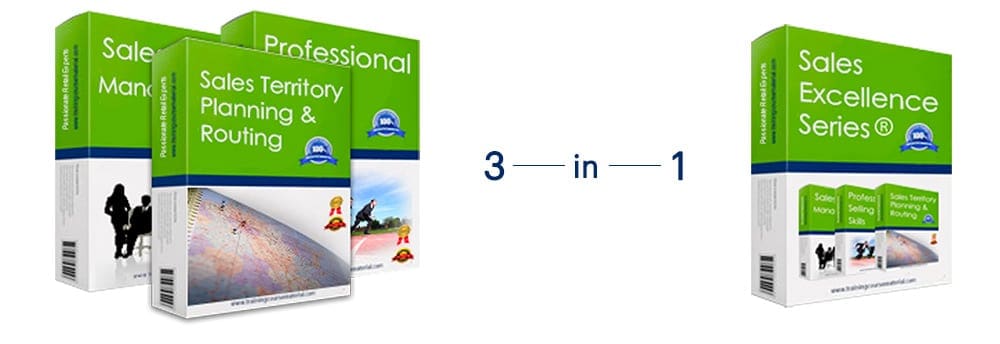
Sales excellence series®
3 Complete Courseware
Packages in 1
Sales Management
Professional Selling Skills
Sales Territory Planning & Routing
Price: $539.855 $349.95
Pay for 2 Get 1 Free
Read More
Call Center Excellence Series®
4 Complete Courseware
Packages in 1
Handling angry and difficult callers
Call control
Find a way to say YES!
Successful telephone debt collection
Price: $719.95 $449.95
Pay for 2 programs and Get 2 programs Free
Read More
Communication Excellence Series®
4 Complete Courseware
Packages in 1
Communicating with clarity and impact
Negotiating for results
Conflict resolution
Presenting With Impact
Price: $719.95 $449.95
Pay for 2 programs and Get 2 programs Free
Read More
Customer Service Excellence Series®
5 Complete Courseware
Packages in 1
Vision, Energy & Passion To Serve
Pathways to service excellence
Find a way to say YES!
Passionate Retail Experts
Setting others up for success
Price: $899.75 $599.95
Pay for 3 Get 2 Free
Read More
Instant Download
Training packages
Price: $199.95 $179.95
No matter who you are, we all have 168 hours each week. Your ability to best utilize those 168 hours will ultimately determine your success. Using self-discovery, hands-on activities and innovative concepts, throughout this high energy training program, participants will learn how to get better control of their time and their life in general.
Price: $199.95 $179.95
A highly engaging one-day training program packed with a plethora of fun activities and games focusing on the key characteristics of high performing teams.
Price: $199.95 $179.95
All you need
to deliver a great training!
Our training material packages come with all you need to provide
a professional and accelerated learning solution with

High Impact
Power Point Slide Deck
To support immersive learning, a high impact professionally designed power point slide deck to engage trainees at all levels.

Student
Workbook
A comprehensive reference workbook you can give out to your class participants as a quick future reference.

Trainer
Guide
With step-by-step clear directions with tips and suggestions on what to say and how to present each slide.

Activity
/Exercise Sheets
Various training material and support documents to help you both explain and debrief the different exercises, activities and games Plus a fun final Jeopardy style review game as a fun ending for your training program.

Additional
Support Documents
To ensure you have all you need to deliver a complete and professional training program, additional supporting documents are included with each full course material package. From training evaluation forms to 5 different certificate templates that you can edit and hand out to your participants at the end of your training.

Job Aids
& Forms
Specific forms designed to extend and reinforce the training that participants can utilize back on the job to help them apply the new learned concepts (Select training material packages)












